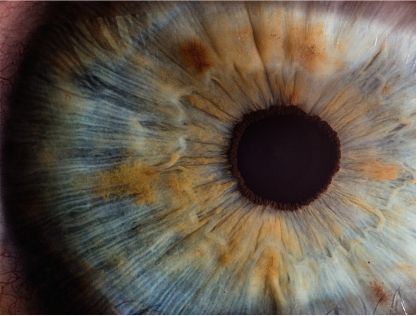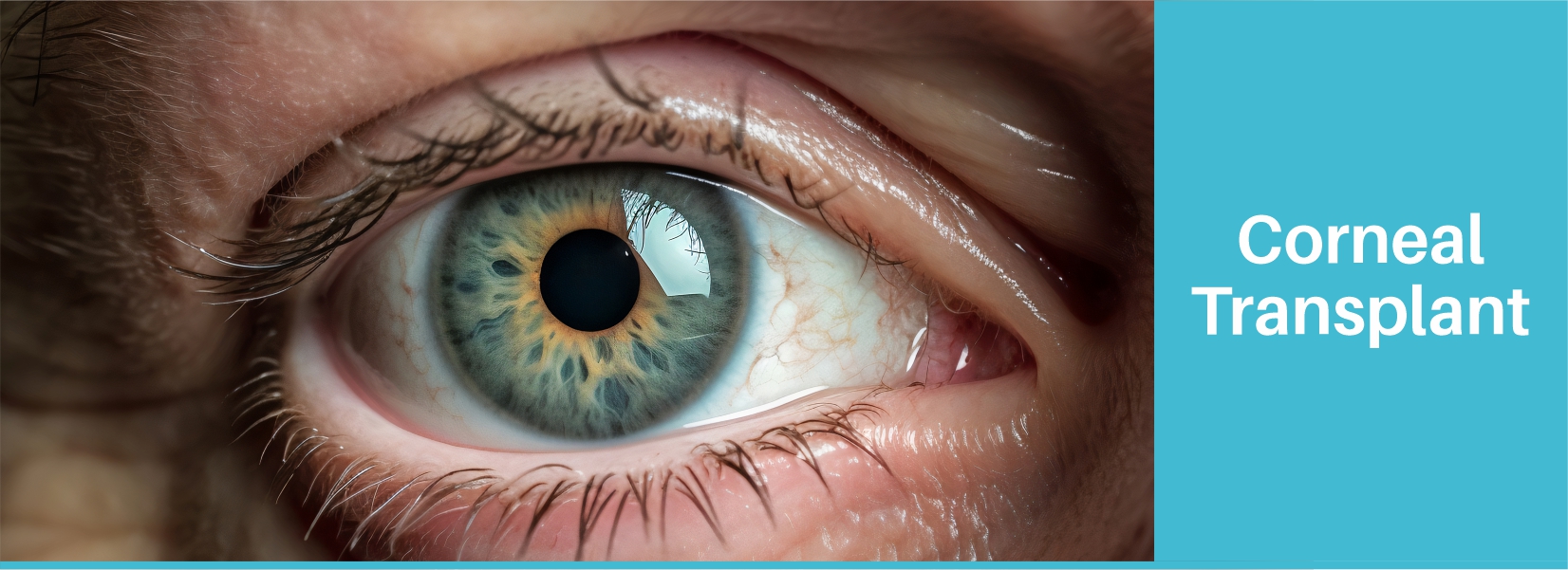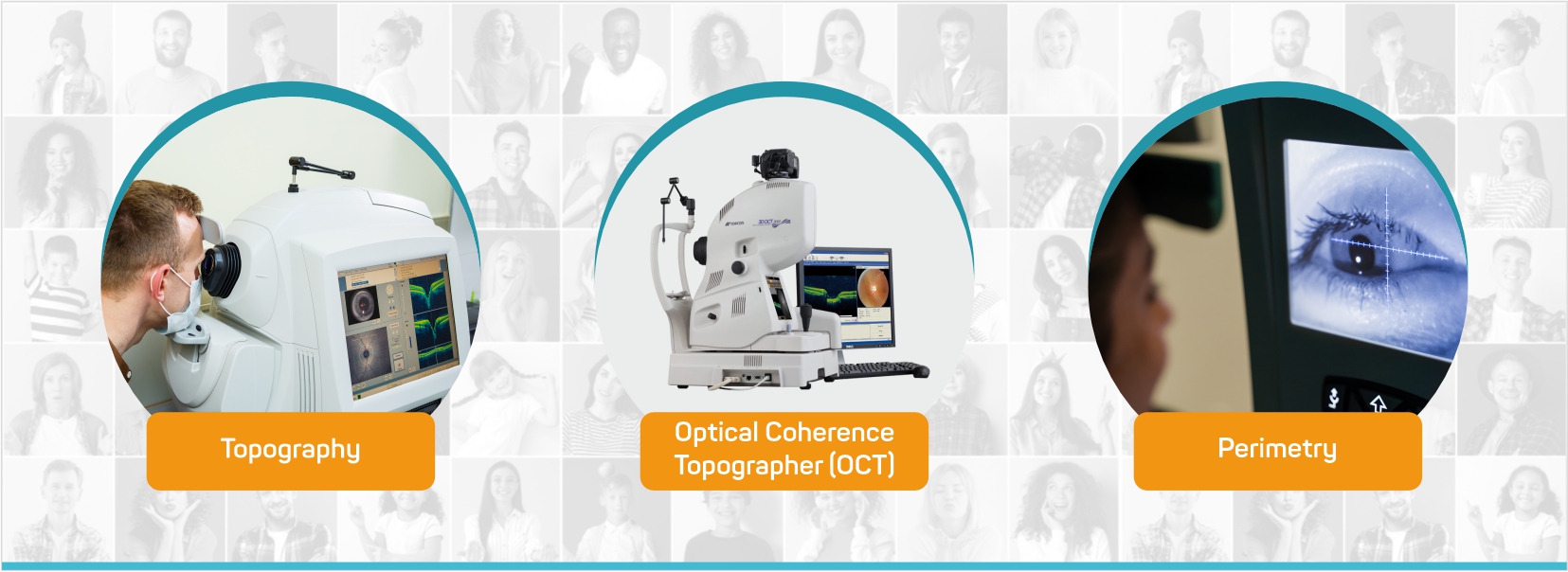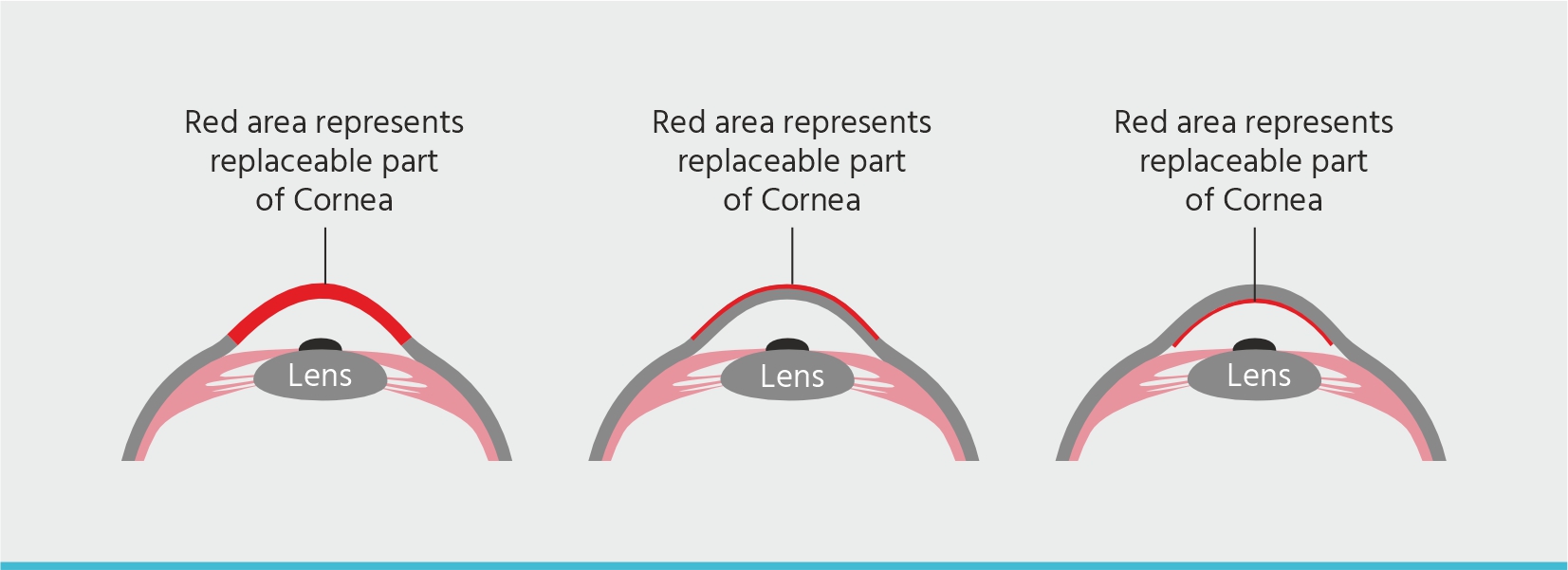 Corneal abrasion A scratched cornea can be very painful and can lead to an eye infection.
Corneal abrasion A scratched cornea can be very painful and can lead to an eye infection.
 Pterygium A pterygium is a fibrous growth that starts on the sclera but can grow into the peripheral cornea and cause irritation, vision problems and disfigurement of the front of the eye.
Pterygium A pterygium is a fibrous growth that starts on the sclera but can grow into the peripheral cornea and cause irritation, vision problems and disfigurement of the front of the eye.
 Dry Eyes Though the cause of dry eyes typically begins in the tears gland and eyelids, it can lead to damage of the corneal epithelium, which causes eye discomfort and vision disturbances.
Dry Eyes Though the cause of dry eyes typically begins in the tears gland and eyelids, it can lead to damage of the corneal epithelium, which causes eye discomfort and vision disturbances.
 Thease days increased screen time on computer and mobile is also a major reason behind dry eye problem; also known as computer vision Syndrome .
Thease days increased screen time on computer and mobile is also a major reason behind dry eye problem; also known as computer vision Syndrome .
 Corneal ulcer A corneal ulcer is a serious abscess-like infection of the cornea that can lead to significant pain, scarring and vision loss.
Corneal ulcer A corneal ulcer is a serious abscess-like infection of the cornea that can lead to significant pain, scarring and vision loss.
 Corneal dystrophy A dystrophy is a weakening or degeneration of a tissue. The most common corneal dystrophy — called Fuch's dystrophy — affects the corneal endothelium, causing corneal swelling, foggy vision, light sensitivity and other problems.
Corneal dystrophy A dystrophy is a weakening or degeneration of a tissue. The most common corneal dystrophy — called Fuch's dystrophy — affects the corneal endothelium, causing corneal swelling, foggy vision, light sensitivity and other problems.
 Acanthamoeba keratitis This is a very serious and painful corneal infection that can cause significant pain and vision loss.
Acanthamoeba keratitis This is a very serious and painful corneal infection that can cause significant pain and vision loss.
 Fungal keratitis Fungal keratitis is another dangerous corneal infection that (like Acanthamoeba keratitis) tends to affect contact lens wearers more often than people who wear glasses
Fungal keratitis Fungal keratitis is another dangerous corneal infection that (like Acanthamoeba keratitis) tends to affect contact lens wearers more often than people who wear glasses
 Keratoconus This is a thinning and deformation of the cornea that causes vision problems that can't be corrected with regular eyeglasses or contact lenses. In some cases, vision problems from keratoconus can be corrected with scleral contact lenses or hybrid contacts. But in severe cases, a cornea transplant may be required.
Keratoconus This is a thinning and deformation of the cornea that causes vision problems that can't be corrected with regular eyeglasses or contact lenses. In some cases, vision problems from keratoconus can be corrected with scleral contact lenses or hybrid contacts. But in severe cases, a cornea transplant may be required.
 Corneal ectasia This is thinning and deformation of the cornea that resembles keratoconus but occurs as a rare complication of LASIK or other corneal refractive surgery.
Corneal ectasia This is thinning and deformation of the cornea that resembles keratoconus but occurs as a rare complication of LASIK or other corneal refractive surgery.





 The cornea is the clear front surface of the eye. It lies directly in front of the iris and pupil, and it allows light to enter the eye. it is a person’s ‘window’ to the outside world. It allows transmission of light into the eye and helps to focus the light on to the retina- the photographic layer of the eye.
The cornea is the clear front surface of the eye. It lies directly in front of the iris and pupil, and it allows light to enter the eye. it is a person’s ‘window’ to the outside world. It allows transmission of light into the eye and helps to focus the light on to the retina- the photographic layer of the eye.